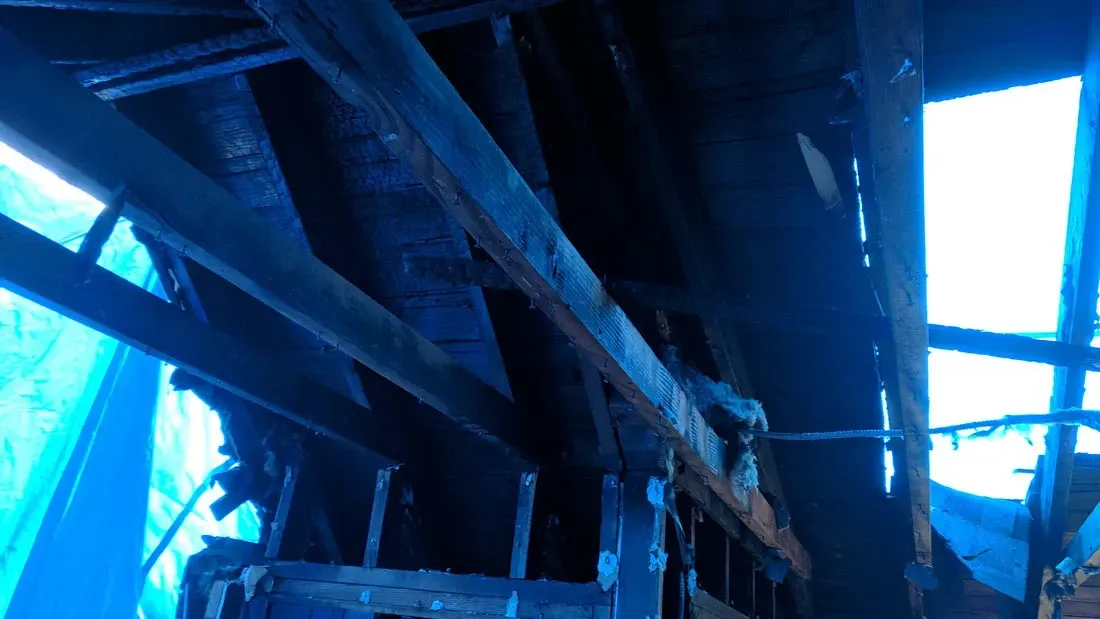How to Stay Safe and Keep Property After A Devastating Fire in Baton Rouge, LA

Time is of the essence when it comes to fire restoration in Baton Rouge, LA . A new clock starts ticking once the flames are out and the immediate danger has passed. Every moment that goes by can mean further fire damage in Baton Rouge LA to your property, belongings, and health. Smoke and soot can settle into walls, furnishings, and valuable items, making restoration more difficult with each passing hour. Water used to extinguish the fire can also lead to mold growth. Quick action minimizes damage, reduces costs, and speeds up the return to normalcy. Therefore, prompt steps in the fire restoration process are crucial for safeguarding property and peace of mind. Don't hesitate; you should reach out today!
How Do I Save Property After a Fire in Baton Rouge, LA?
Moving quickly is vital when saving your property after a fire in Baton Rouge, LA. Once the fire is out, your house isn't just sitting there; it's undergoing more damage. Soot can discolor walls, and furnishings can absorb the smell of smoke. Water from firefighting efforts can also start causing mold if you act slowly. The clock is ticking, and the longer you wait, the worse the damage can get.
- Begin by assessing structural damage to identify risky areas that need immediate attention.
- Contact your insurance company right away to speed up the claims process.
- Remove waterlogged and soot-covered items to prevent further spoilage and mold growth.
- Call in fire restoration professionals in Baton Rouge LA for a comprehensive cleanup and to salvage valuable property.
Time is not on your side after a fire. The quicker you act, the more of your property you can save and the less you'll spend on fire restoration. From contacting your insurance to bringing in the experts, every moment counts in limiting further damage to your property.
Are There Health Risks Once a Fire is Put Out in Baton Rouge, LA?
Right after a fire's been put out, it's crucial to get moving fast to save your stuff and protect your health. The air can be full of toxic smoke and soot that's bad for your lungs and skin. Even small fires can leave behind harmful residues. So, acting quickly matters for fixing your home and keeping everyone safe.
- Open windows and doors as soon as it's safe to get that smoky air moving out.
- Put on a mask and gloves before you walk back in to protect yourself.
- Don't try to clean up everything yourself. Call in experts who know how to handle toxic residues.
- Throw away any food, medicine, or personal items exposed to fire or water. You don't want to risk your health.
If you move quickly after a fire in Baton Rouge, LA, you're doing a lot to look out for your health, not just your home. Wearing the right gear, calling in the pros, and getting rid of risky items can make the cleanup process safer and more effective for everyone.
You might also like
DryMax Restoration Blogs




